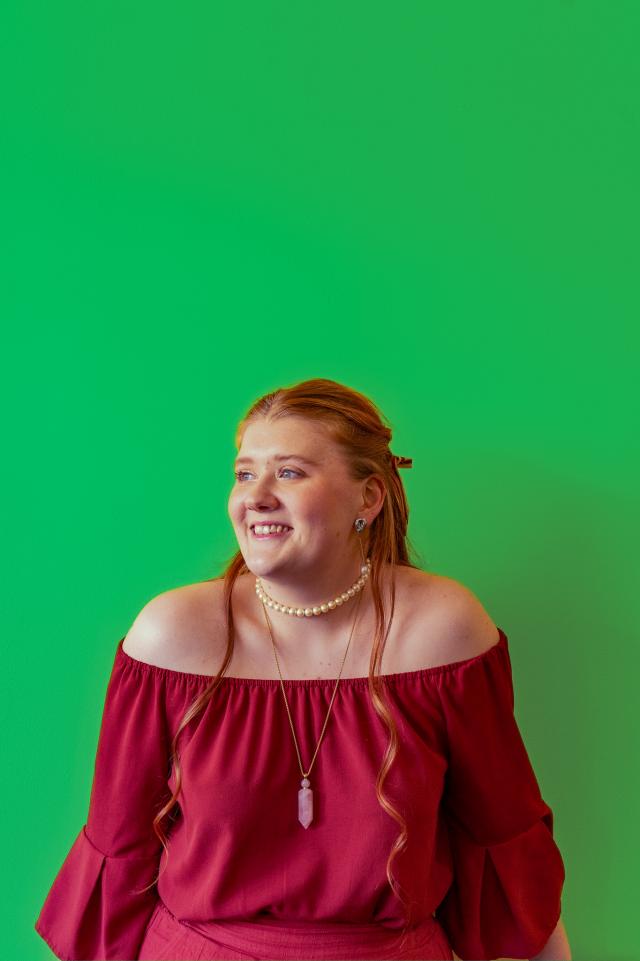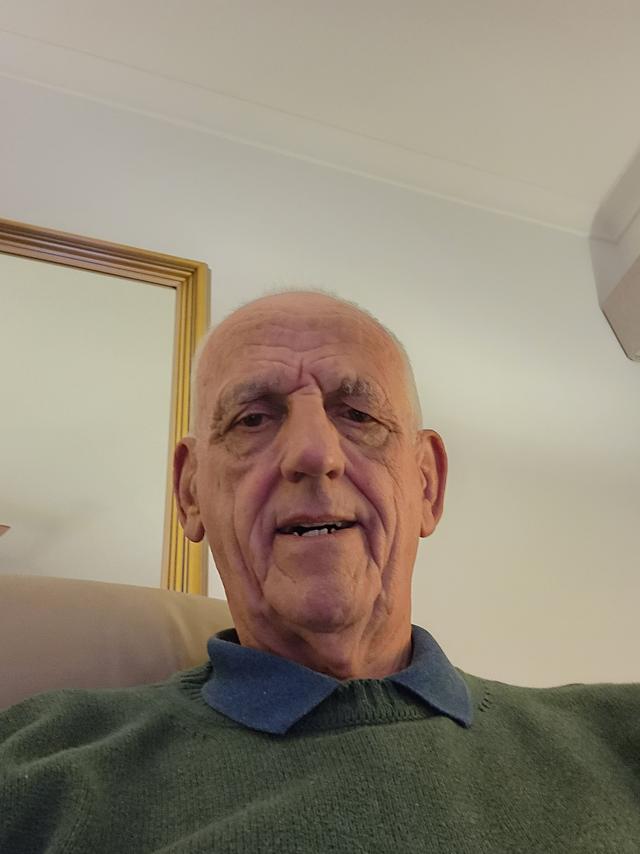
By Mikayla van Loon
Whether it was breaking down stigma, sharing an unknown but widespread problem or about changing outcomes, the Living Stories project gave voice to six people with lived mental health experiences.
Two of those people were Ray Cooper and Hannah Zinnack, both with incredibly different stories but ones as powerful as each other.
Ray was born into a rather poor family in England in 1944.
As a four-year-old boy he developed a stutter, something that would live with him for the next 30 years.
“I know the nervousness, the tension, which makes a stammer worse and worse. The key is, you’ve got to understand what caused the stammer in the first place,” he said.
“No child is born with a stammer. Any child in the first few years, they never stammer, something causes it and usually it’s something that’s affected them in their life.”
Having “always been held back in going for a job, I was more ambitious than the jobs I got, but my stammer limited me”, when he came to his 30s, Ray decided to seek help.
“A person who stammers is normally very withdrawn because they force themselves into that situation,” Ray said.
“Talking about my childhood, I understood everything I’d been through. I’d been beaten with a stick quite often. I’d have been shouted out, our family was poor and you’re just frightened of talking.
“You go into a little box and it’s not until you open that box and get out of that mode, then you feel better.”
After seeking help from a psychiatrist, Ray went on to find a position as a team leader, managing up to 100 staff at a time, something he never would have been able to do with his stutter.
With an estimated one per cent of the population having a stutter, Ray said if his story and advice helps just one person, he has done his duty as someone who lived through it.
“I hope that people who stammer come out and ask for help. There’s no one remedy that suits all but I just feel what I’ve been through. I had a bad stammer, the turning point in my life was just my own realisation,” he said.
“I’m hoping out of this story, something helps someone. Even one person, one person in the whole thing has been worth it, it doesn’t have to be dozens. One person, I can help, I’d be happy.”
Hannah is on the other end of the spectrum, as a young person who has both grown up with a parent with mental illness and having been through her own journey, she wanted to break down the barriers about children being carers for their parents.
“The young carers space has definitely grown over the last few years but it’s always been a focus on someone that cares for parents who had a physical disability,” she said.
“It was really hard for people to grasp the idea that there is actually the caring that’s involved for someone that has mental illness.”
Attracted by the flexibility of the project and being able to tell her story in any format she liked, Hannah said she felt the freedom to present it in a way that suited her.
Finding the whole experience challenging but also rewarding and cathartic, Hannah said “it’s almost a step in recovery to be able to surround yourself with other people that have similar experiences or be able to share something”.
“I work in mental health and I make art about mental health. I do all this stuff but I think it’s a form of being able to understand my own experience and then help others to do that as well.”
Like Roy, Hannah said even if her story can help just one person or start a conversation, that’s all she aims for with this project.
“What I wanted to get out of this is to be able to have someone feel more comfortable in their experience but also to make change within a system that I know has, unfortunately, failed a lot of people.
“And to be able to help clinicians who maybe we’re trained in an era where lived experience wasn’t considered, and for them to be able to see the impact that lived experience has and be able to then implement that into their own practice.”
Hannah said it was refreshing to see this project come about from a collaboration between Yarra Ranges Council, Eastern Health and Inspiro, particularly in her local community.
“It was really refreshing to see the council offer this as a project and I hope other councils do as well because I saw the impact it had on the other participants and how I felt to be like, ‘Oh, actually, my community recognises that this is a thing’.
“Because sometimes you only see these things when they are trending in the city. So having it come out this way was quite nice to see and just being able to work with the other participants in the project and make those connections as well.”
The Living Stories projects and each participant’s story can be found by visiting yarraranges.vic.gov.au/Community/Health-and-Wellbeing/The-Living-Stories-Project








